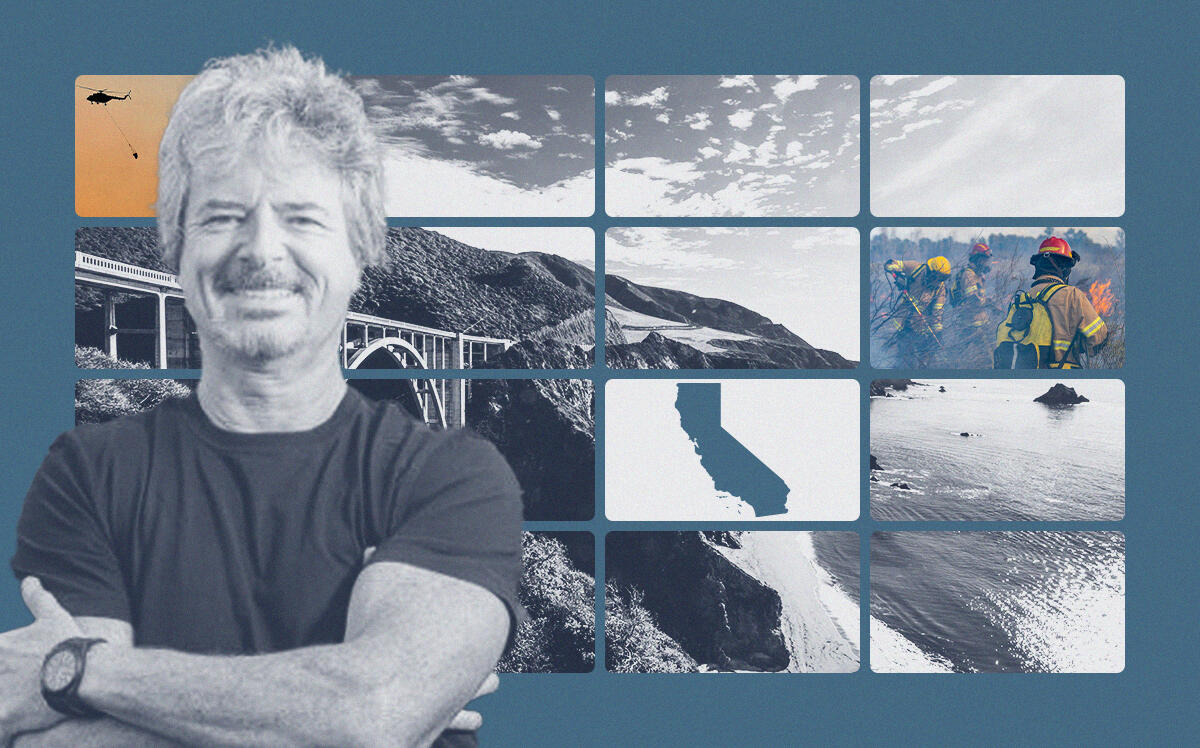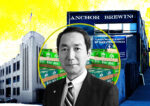Trending
Big Sur landowners band together to fight wildfires
As insurance costs multiply, locals take it upon themselves to reduce risk

Residents of Big Sur pride themselves on self-sufficiency — a necessary trait on the mountainous stretch of California’s Central Coast, where settlements and public services are few and far between and many of the area’s 1,500 year-round locals live entirely off the grid.
But the area’s frequent wildfires are threatening that lifestyle like never before.
Big Sur is great for a scenic, peaceful life, but not ideal for fire response. Aside from a local volunteer fire department, the closest fire district to much of the region is in Carmel Highlands, and the area’s winding roads mean it can take up to half an hour to respond to calls.
More than 100,000 acres of Big Sur have gone up in flames in the past 20 years. A recent fire endured for weeks in late January and burned about 700 acres before it was contained.
“We have all chosen to live here, so what do we do in response to what nature does?” Big Sur property owner Rayner Marx told the San Francisco Chronicle. “Firefighters are awesome but they can’t be everywhere all the time.”
Earlier this year, a group of Big Sur landowners teamed up to fund their own fire suppression infrastructure, with large water tanks and miles of distribution pipes, the Chronicle reported. Though his background is in information technology, members of this informal coalition have contributed $25,000 each to fund Marx’s role as an expert fire consultant.
Marx, who had a short stint with the local volunteer fire department, has been tasked with protecting about two square miles of land in the area, which includes two resorts on Highway 1 and about three dozen residential properties in a canyon west of the highway. The owners estimate the real estate to be worth at least a half a billion dollars.
“It’s become clear to us that Big Sur is becoming harder to live in with climate change,” said Butch Kronlund, one of the property owners in the coalition. “We know fire is coming, and we need to get ready.”
Kirk Gafill, who owns a restaurant in the area, said the cost of fire insurance has increased four-fold in the last four years.
“We’ve got a real figurative gun to our heads in that fire insurance has rapidly gone from expensive to almost unattainable,” he told the Chronicle. “We’re finding that we really have to take on more and more responsibility here, not only to make our case as attractive as possible to carriers, but to reduce the overall risk.”
Property owners in rural Northern California beefing up their homes’ defenses against wildfires is not new. Two years ago, a privately hired crew in Napa County was accused of starting illegal backfires — intentional burns intended to slow the spread of wildfires — in order to protect wealthy clients’ properties.
Marx’s vision is more ambitious. He wants to create a “fire-adapted” community, in accordance with criteria from the National Fire Protection Association.
First, he’s asking homeowners to clear 100 feet of space around buildings and use fire-resistant construction materials. Adoption of metal roofs and double-paned glass windows could help the community earn a preparedness recognition from the state’s California Department of Forestry and Fire Protection, thereby lowering the cost of insurance.
He’s also been applying for state and federal grants to fund road improvements to ease access for fire trucks. Above all, Marx is trying to add 500,000 gallons worth of water storage and a distribution network.
“One thing I love about Big Sur is, it’s a space for iconoclastic ideas,” Kronlund said. “But when you’re an individualist, you can lose sight of the greater good. With this project, I think we can bring people together for enlightened self interest.”
— Maddy Sperling




